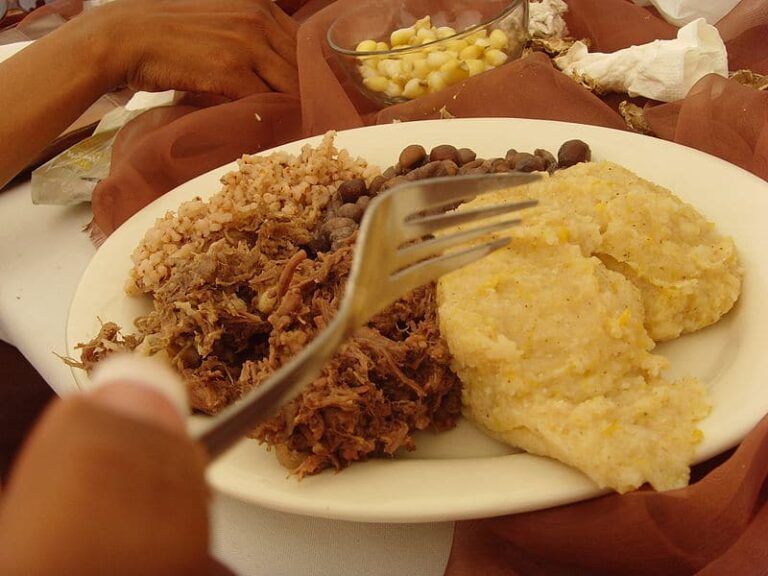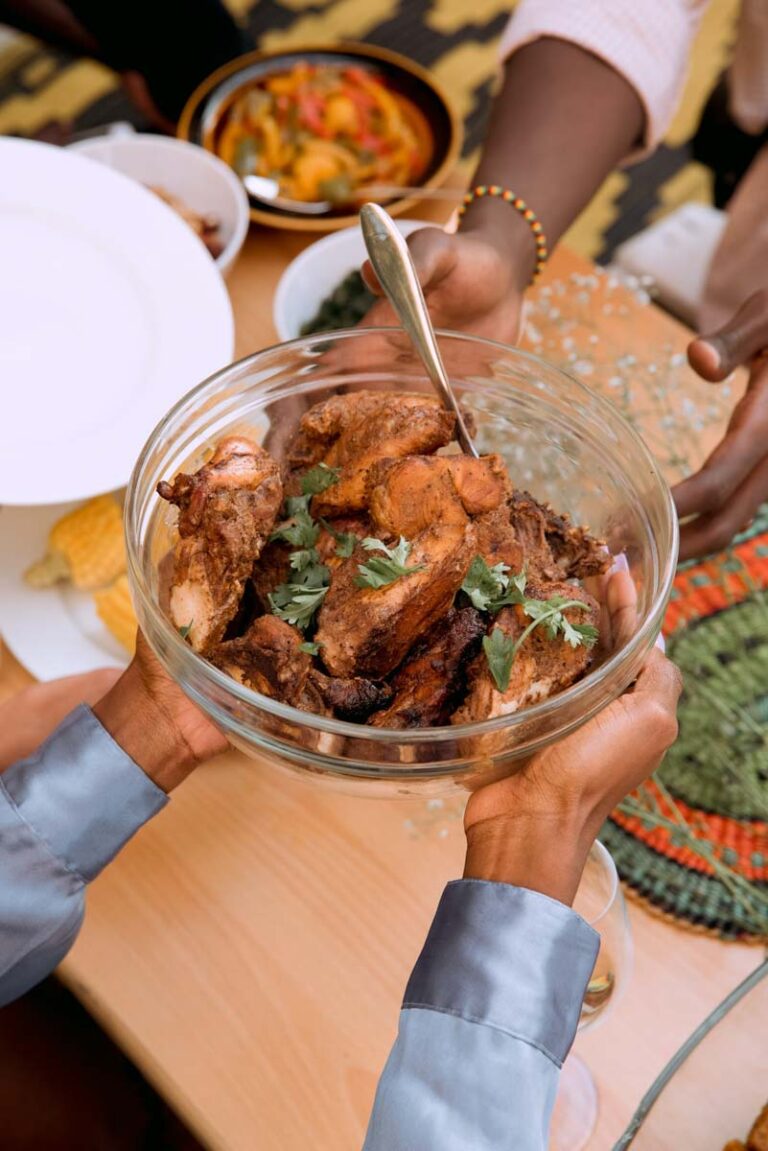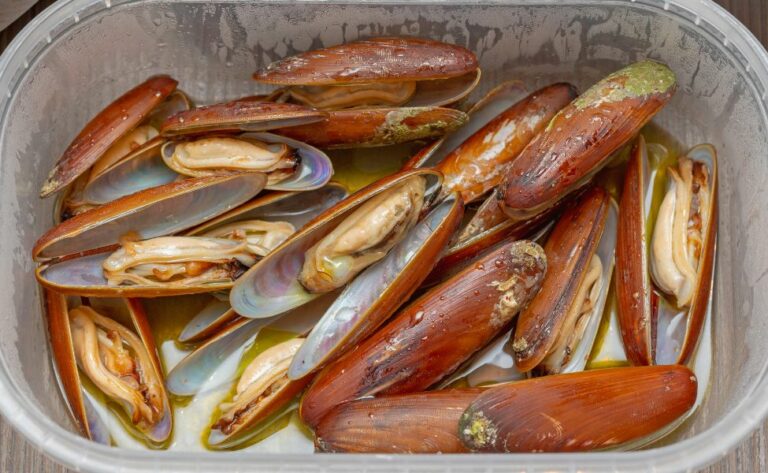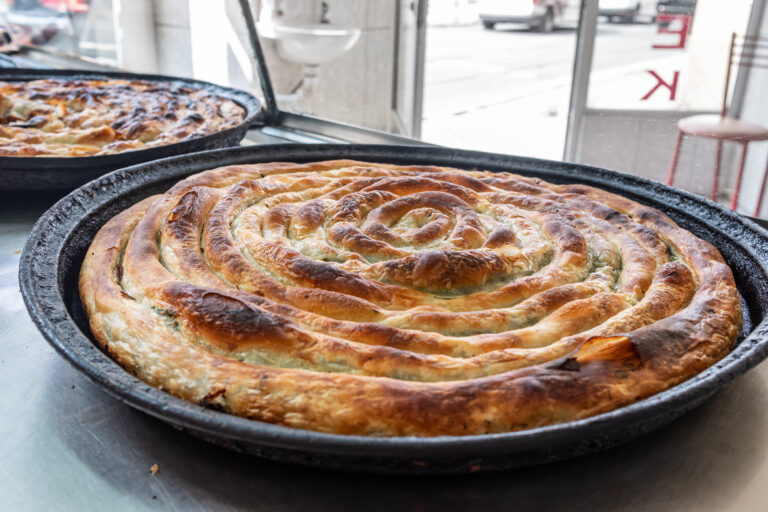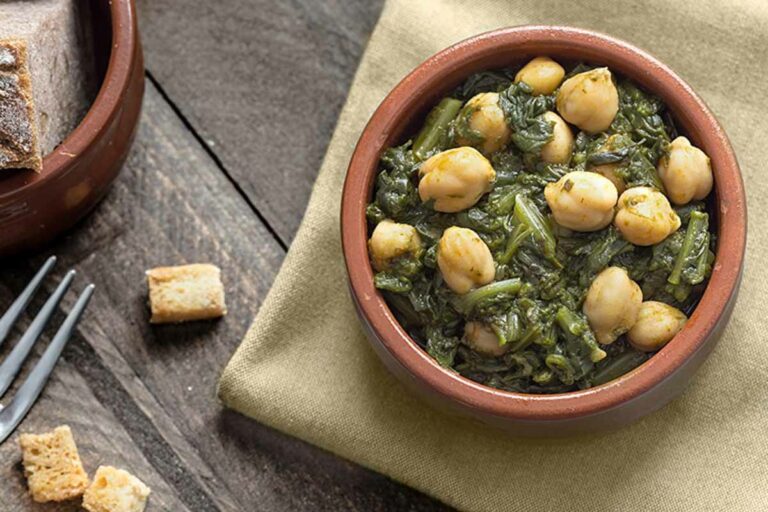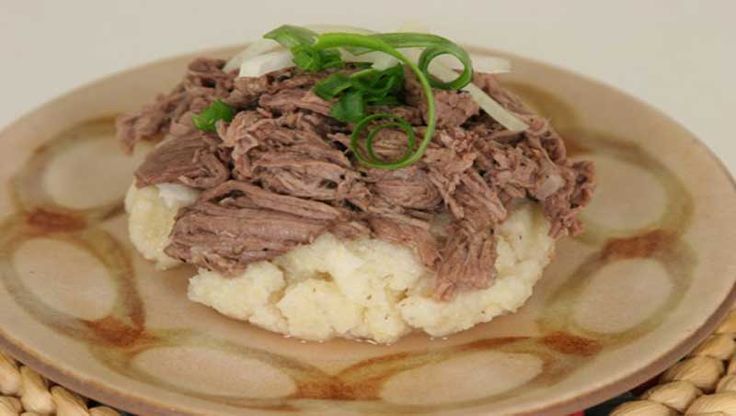Introduction to Bosnian cuisine
Bosnian cuisine is a fusion of different influences from the Ottoman Empire, Austro-Hungarian Empire, Balkan, and Mediterranean regions. Bosnian dishes are often hearty, filling, and rich in flavor. The cuisine is known for its abundant use of locally sourced ingredients, which gives it a unique taste and character.
Local ingredients and their significance
Bosnia and Herzegovina is a country rich in natural resources and fertile land, making it possible to grow a wide variety of fruits, vegetables, and grains. Some of the most significant local ingredients used in Bosnian cuisine include beef, lamb, chicken, potatoes, onions, tomatoes, peppers, eggplants, cucumbers, and cabbage. Bosnian cuisine also features dairy products such as cheese and yogurt, as well as herbs and spices like garlic, paprika, and parsley.
Ćevapi: the national dish of Bosnia
Ćevapi is a popular Bosnian dish made from grilled minced beef or lamb, shaped into small sausage-like cylinders, and served with a side of onions, sour cream, and traditional Bosnian bread known as lepinja. This dish is often considered the national dish of Bosnia and Herzegovina and is a significant part of its culinary heritage.
Burek: a staple pastry dish
Burek is a flaky pastry dish filled with meat, cheese, or vegetables, and is usually eaten for breakfast. It is made by layering phyllo dough with the filling of your choice and baking it until it’s crispy and golden brown. Burek is a staple of Bosnian cuisine and is often served as a snack or as part of a larger meal.
Klepe: a traditional Bosnian dumpling
Klepe is a traditional Bosnian dumpling that is usually stuffed with ground beef or lamb and served with a tomato and onion sauce. These small, savory dumplings are similar to Italian tortellini or Chinese wontons, but with a distinct Bosnian flavor. Klepe is often served as a main course or as a side dish.
Sarma: a delicious stuffed cabbage roll
Sarma is a delicious Bosnian dish made by stuffing cabbage leaves with a mixture of ground beef or lamb, rice, and spices. The cabbage rolls are then cooked in a tomato-based sauce until they are tender and flavorful. Sarma is a popular comfort food in Bosnia and Herzegovina, especially during the winter months.
Bosanski lonac: a hearty meat and vegetable stew
Bosanski lonac is a hearty meat and vegetable stew that is often cooked in a large pot over an open fire. It is made with a variety of meats such as beef, lamb, and chicken, along with potatoes, carrots, onions, and other vegetables. Bosanski lonac is a traditional Bosnian dish that is often served at family gatherings and other special occasions.
Tufahija: a sweet and satisfying dessert
Tufahija is a sweet and satisfying Bosnian dessert made by poaching a whole apple in sugar syrup and stuffing it with a mixture of ground walnuts, sugar, and cinnamon. The apple is then served with whipped cream and a cherry on top. Tufahija is a popular dessert in Bosnia and Herzegovina, especially during the fall when apples are in season.
In conclusion, Bosnian cuisine is a rich and diverse blend of cultures and flavors. From hearty stews and savory dumplings to sweet and satisfying desserts, Bosnian dishes offer something for everyone. The use of locally sourced ingredients gives Bosnian cuisine a unique taste and character that sets it apart from other cuisines around the world.

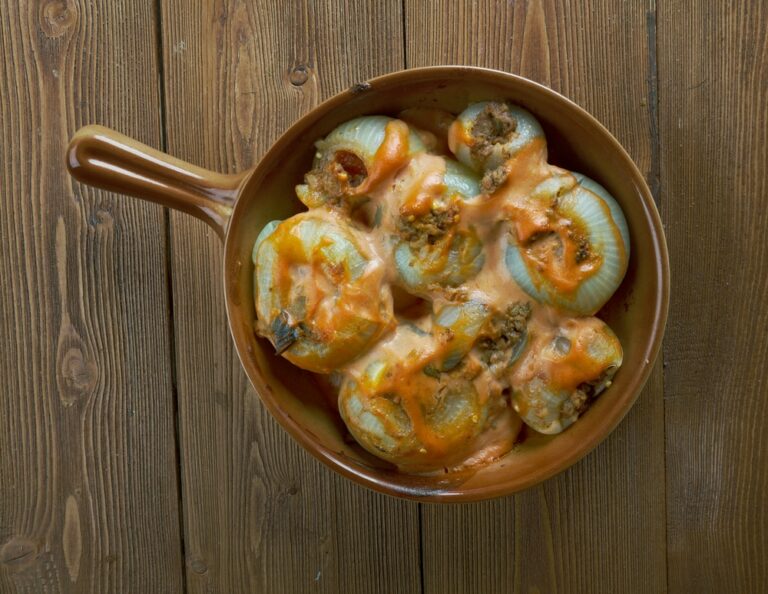
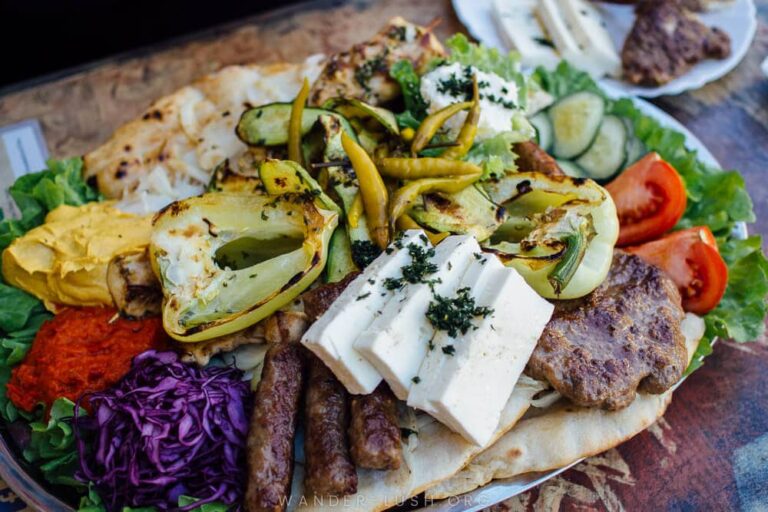

![Can you recommend some Botswana restaurants in [city]?](https://foodnerdy.com/blog/wp-content/uploads/2023/05/Без-названия-31.jpg)
